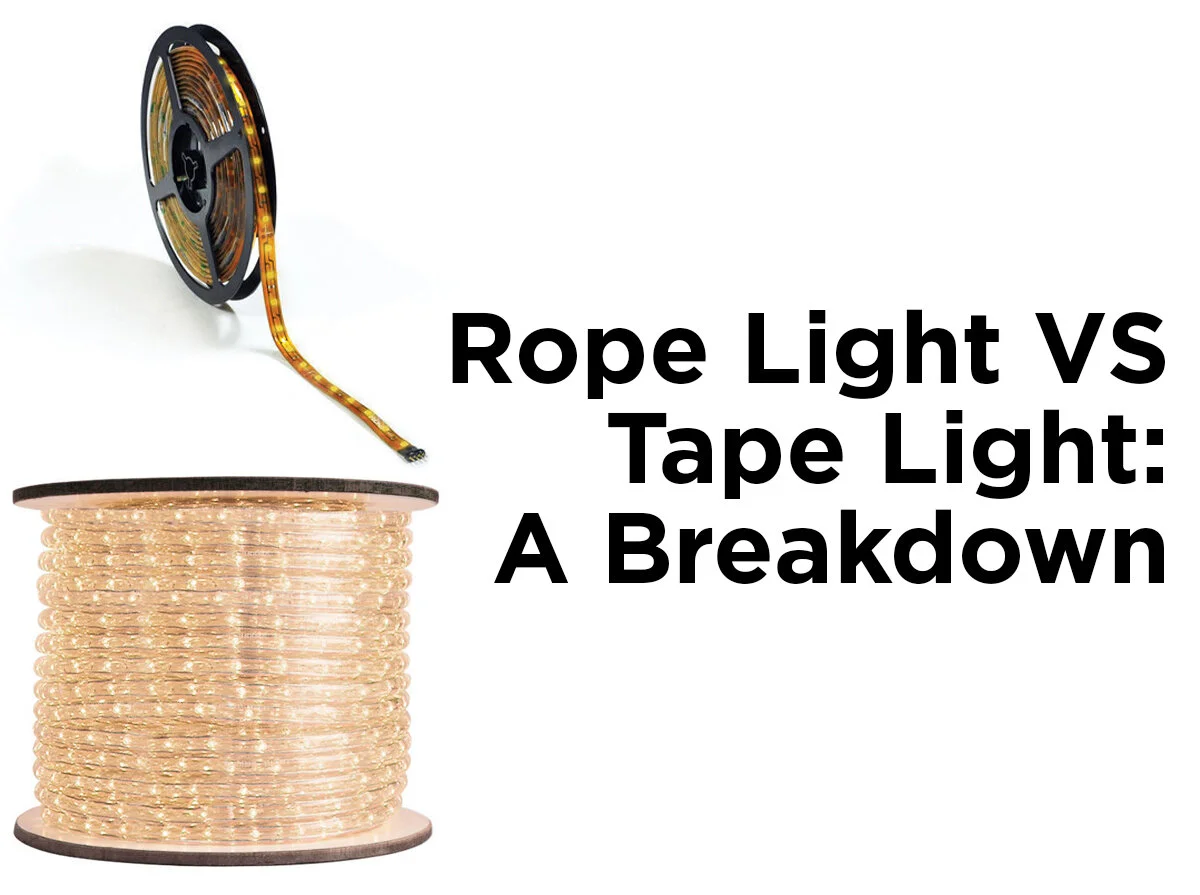Fire Safety 101, Part 2
In part 1 of this series, we discussed the types of fire alarms and the advantages of each. Here, we'll discuss a few essential fire safety accessories and where to place your alarms.
Relay Modules
Alarm relay modules are great tools to link your smoke, CO, and heat alarms to auxiliary devices, such as sirens, strobe lights, door closers, exhaust fans, etc. When one of the alarms sounds, the alarm relay module activates your connected auxiliary devices. These devices are excellent for providing additional warning in the event of an emergency.
Strobe Lights
Strobe lights are another great tool for providing early warning for fire and CO dangers. Strobe lights must be connected to smoke, heat, or carbon monoxide alarms. When an alarm sounds, it activates the strobe light, giving off an intensely bright light.
Even though strobe lights are designed for those with hearing impairment, they can still be used in homes without hearing impaired individuals, especially for those who may have a hard time being woken up by fire or CO alarms. Since they are not designed to detect any fire or CO threats, these are not standalone devices.
Alright, so you've decided which fire alarms are right for you, but where do you put these alarms for maximum efficiency?
Placement
The U.S. Fire Administration (USFA) recommends you put smoke alarms on every level of your home, including the basement. Since many fatal fires typically start late at night or early in the morning, the USFA also recommends installing alarms both inside and outside of sleeping areas. Installing alarms inside and outside is especially helpful if you have heavy sleepers in your home or sleep with the bedroom door closed.
For large houses, make sure you have more than the recommended number of fire alarms. Put these in living rooms, studies, and other non-sleeping areas. Also keep in mind that smoke and deadly gases rise, so fire alarms should be installed at proper levels. Follow the manufacturer's instructions on placement height.
For an example of fire alarm placement, check out this diagram.
Comments or questions about smoke alarms or their placement? Let us know in the comments below or follow us on Facebook or Twitter!






